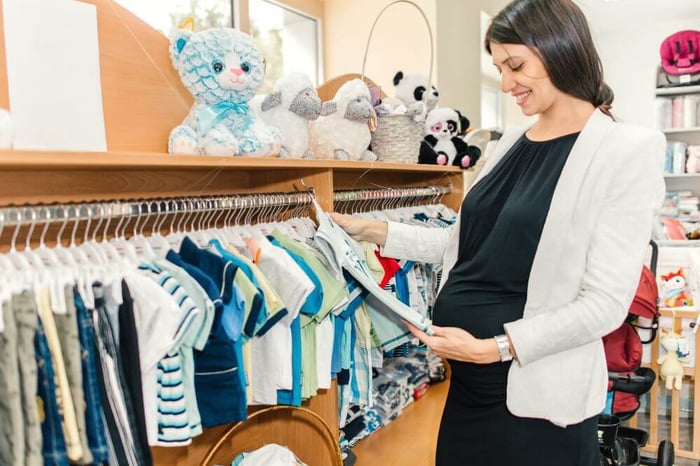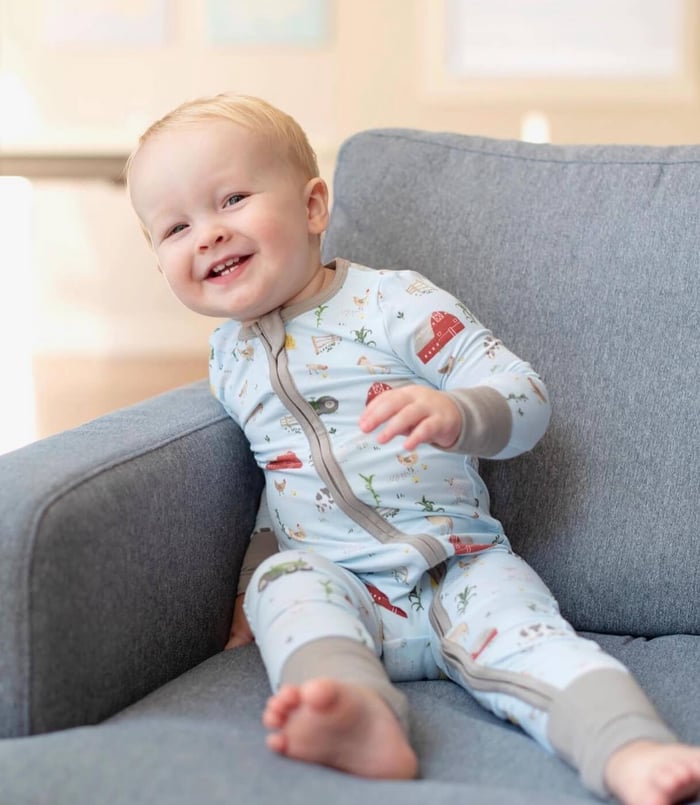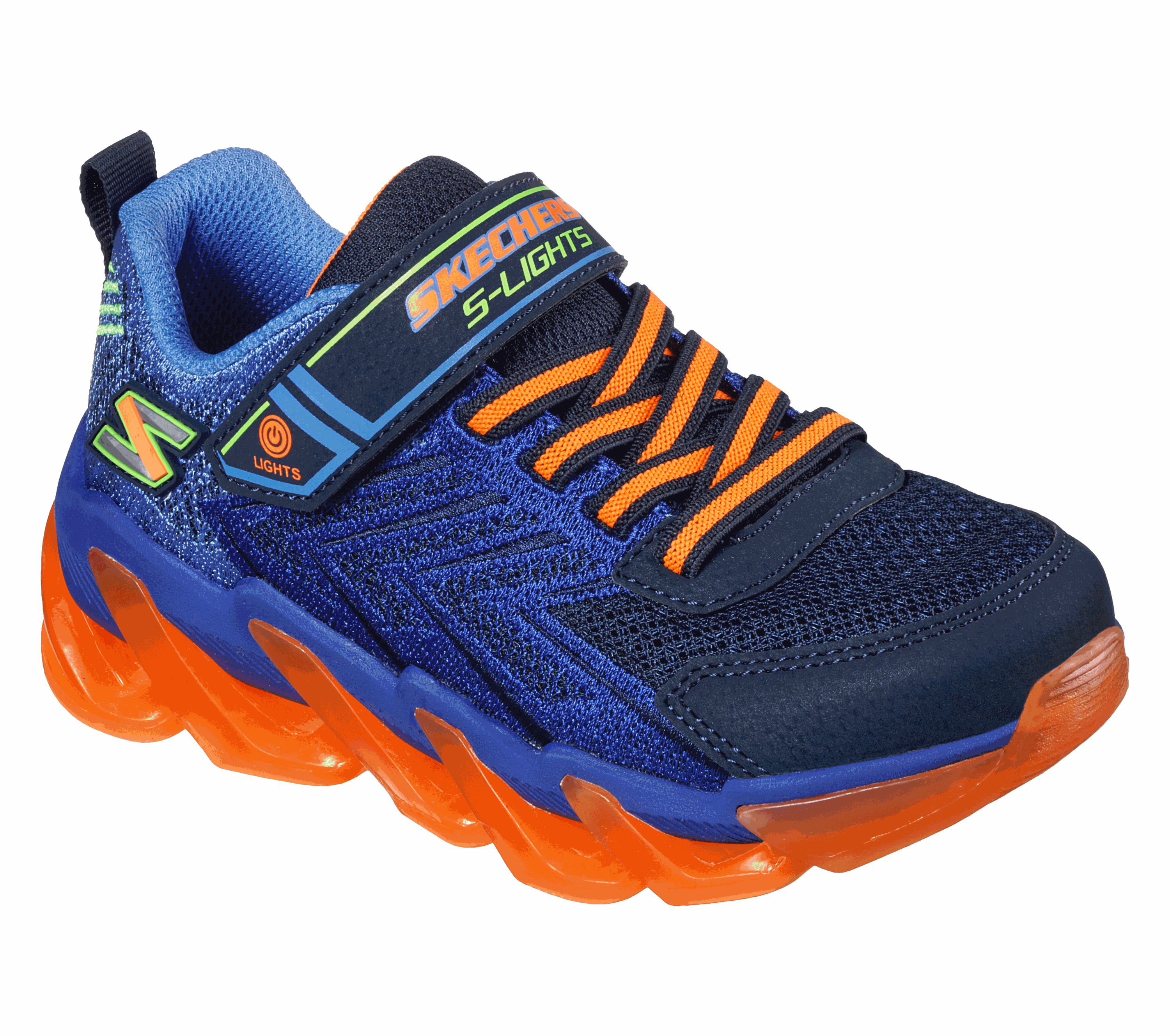As a mom, the nighttime routine with your baby involves a series of tasks. One includes dressing your baby perfectly to go into the world of dreams. But here comes a question that every new mommy asks and needs guidance on how to dress my baby for sleep so her little one enters dreamland wrapped in warmth and comfort. In this guide, we'll answer your question and help you decide how to dress a baby for sleep, focusing on the comfort and safety of your little bundle of joy.
Let's discover the beautiful and cozy baby sleepwear so you can craft a cozy, secure haven for your tiny dreamer.
Recommended Sleepwear for Babies

Discover the ideal sleepwear options for your bundle of joy:
Onesies and Sleepers: These are adorable and practical, allowing for easy diaper changes without disturbing your baby's sleep. Onesies provide full-body warmth, ensuring your little one stays cozy throughout the night.
Cozier Pajamas for Winter: During colder nights, choose cozier pajamas made from thicker materials to provide extra warmth. Look for options with built-in feet to keep tiny toes toasty.
Lighter Clothes on Warm Nights: Opt for lighter fabrics such as muslin or lightweight cotton in warmer weather to ensure your baby stays relaxed and comfortable. Consider sleeveless options to prevent overheating.
Blankets: Choose lightweight, breathable blankets for added warmth, especially during colder seasons. Ensure the blanket is securely tucked around the crib mattress to reduce the risk of suffocation.
Sleep Sacks: These are versatile and safe alternatives to loose blankets. Sleep sacks provide warmth without the risk of covering your baby's face during sleep. Look for options with a zipper for easy diaper changes.
Swaddles: Swaddles are a cherished sleepwear choice for babies, wrapping them snugly in a soft cocoon that mimics the feeling of the womb. A swaddle's gentle pressure and warmth promote better sleep and help soothe and comfort infants, creating a peaceful environment. You can go for swaddle blankets, too, for extra comfort.
Sleepwear for Different Ages
![]()
Tailoring your baby's sleepwear choices to their age and developmental stage is essential for optimal comfort.
Newborns and Infants:
During the early months, prioritize soft, snug sleepwear. Onesies with built-in mittens can prevent accidental scratches, and swaddles offer a cozy environment that helps soothe newborns to sleep.
Older Babies and Toddlers:
As your little one grows, their sleepwear needs evolve. Transition to sleepwear that allows for more movement and independence. Consider two-piece pajama sets for toddlers that promote self-dressing skills. Moreover, explore sleep sacks or wearable blankets that provide warmth without restricting movement.
Tips for Choosing the Right Sleepwear for Your Baby

To choose the perfect sleepwear for your little one, consider various factors:
Room Temperature:
Maintaining an optimal sleep environment is essential for a baby's sleep. In warmer conditions, go for lightweight, breathable sleepwear, while in cooler temperatures, consider layering with cozy fabrics to ensure your baby stays comfortable while sleeping.
Baby’s Temperature:
Regularly check your baby's body temperature, especially at night. This provides insights into choosing their clothes accordingly and ensures your baby's comfort. Feel their neck or back to ensure they are not too hot or cold, and adjust their sleepwear to keep them snug and content.
Seasonal Variations:
Adapt your baby's sleepwear to the seasonal changes, as it is vital for your baby's well-being. Lighter fabrics and short sleeves for summer nights and warmer, long-sleeved options for winter help regulate their body temperature and provide a comfortable sleep experience.
Baby's Age and Size:
Revamp your baby's sleepwear according to their age and size. Choose sleepwear that ensures a comfy fit and prevents any loose fabric that might pose a safety risk. Consider sleepwear options explicitly designed for different developmental stages.
Fabric Choice:
Choosing the right fabric is a game-changer for your baby's comfort. Pick breathable materials like cotton to promote air circulation while preventing overheating. This also keeps your baby's delicate skin irritation-free.
Avoid Overdressing or Underdressing:
Finding the balance between warmth and breathability for your baby is crucial as a mother. Overdressing can lead to discomfort and overheating, while underdressing may make your baby chilly. Regularly check and adjust their sleepwear to maintain the perfect balance for a cozy night's sleep.
Safety Tips for Your Baby
![]()
Ensuring your baby's safety while they sleep is essential. Here's an in-depth look at the safety tips:
Avoid Loose Accessories: Remove loose items, such as toys or blankets, from the crib to minimize the risk of accidental suffocation or choking. A clean sleep environment promotes safe and sound sleep for your baby.
Checking for Recalls on Sleepwear: Stay vigilant about recalls on baby sleepwear by regularly checking safety guidelines and product recalls. This proactive approach ensures that the sleepwear meets the latest safety standards, providing added peace of mind for you.
Regularly Assessing Baby's Sleep Environment: Review and adjust your baby's sleep setup to accommodate their changing needs. Ensure the crib mattress is firm and fits snugly against the crib's sides, reducing the risk of entrapment. Stay aware of changes in your baby's sleep patterns or behavior, which can indicate discomfort or safety concerns.
Wrap Up
Creating a comfy sleepwear and environment for your baby is a gift that keeps giving. By choosing the right sleepwear, adapting to their developmental stage, and prioritizing safety, you're setting the stage for sweet dreams and restful nights. After reading this guide, you may know how to dress a baby for sleep. Remember, the key is to adapt as your baby grows, ensuring their sleep attire remains as restful and secure as their dreams. Here's to cozy nights and restful sleep for you and your little one!
How to Dress a Baby for Sleep: FAQs
What are the Signs that my Baby is too Hot while Sleeping?
Signs that your baby might be too hot while sleeping include sweating, feeling hot to the touch, flushed skin, and restlessness. To avoid overheating, dress your baby in light and breathable layers and ensure the sleep environment is comfortable.
What Is the Appropriate Room Temperature for Baby Sleep?
The best room temperature for baby sleep is between 68-72°F (20-22°C). This range helps maintain a comfortable and safe sleep environment for infants. Use light sleepwear and adjust the layers based on the room temperature to prevent your baby from getting hot or cold at night.
How Do You Know If My Baby is Comfortable While Sleeping?
Observe your baby's cues - if they sleep peacefully, maintain a regular breathing pattern, wake up relaxed, and show no signs of distress, they show that your baby is comfortable while sleeping. Also, pay attention to their body temperature and adjust their sleepwear to ensure a cozy and safe sleep environment.








































